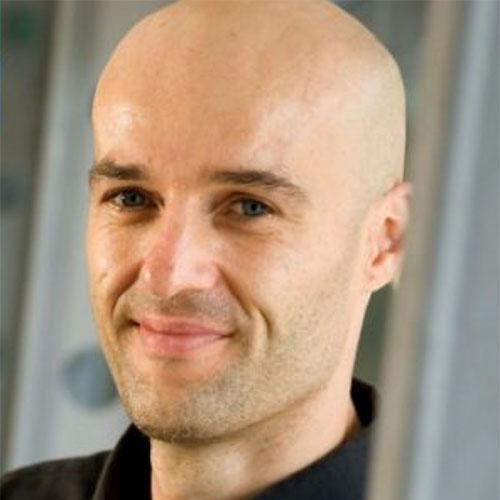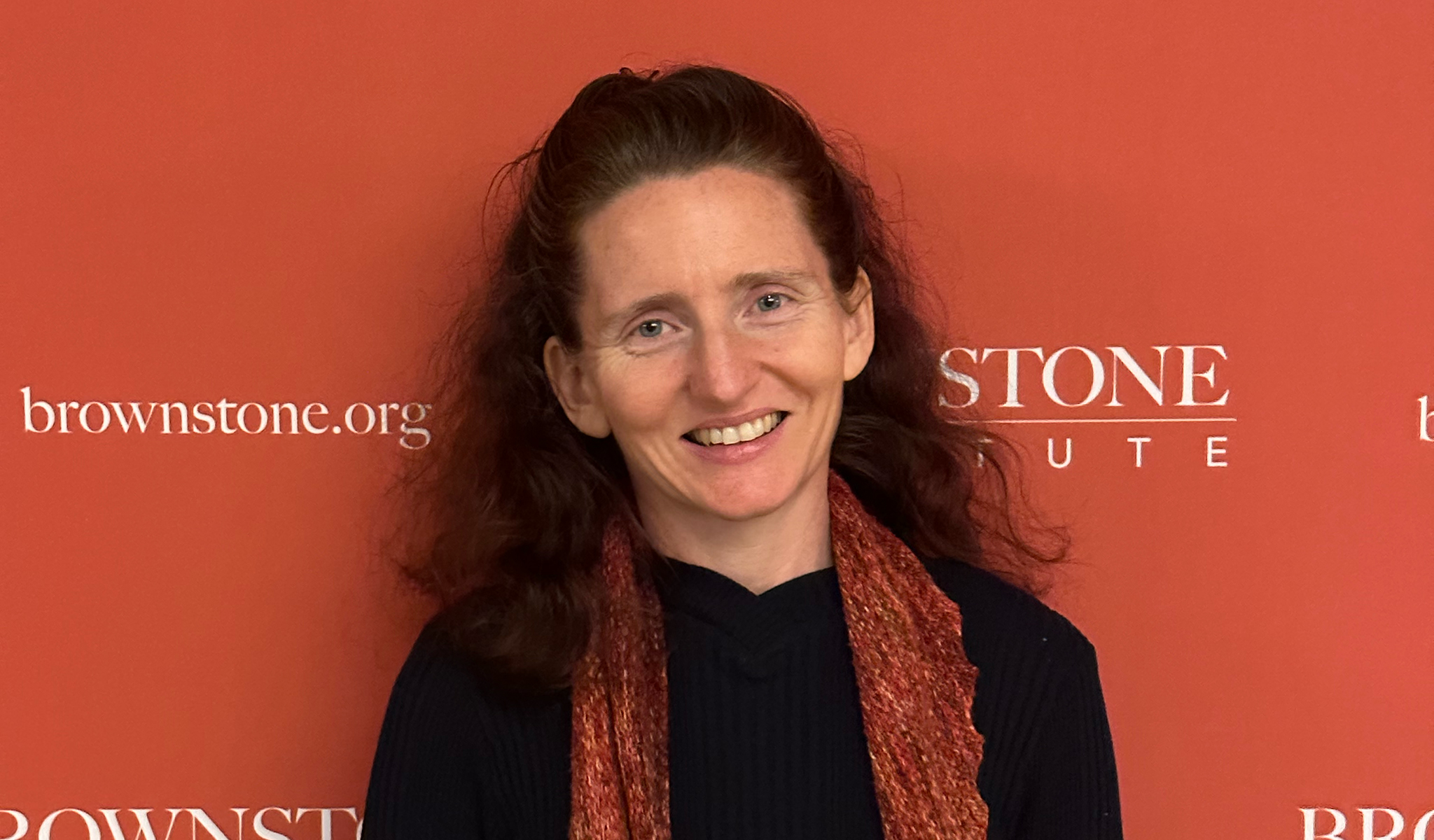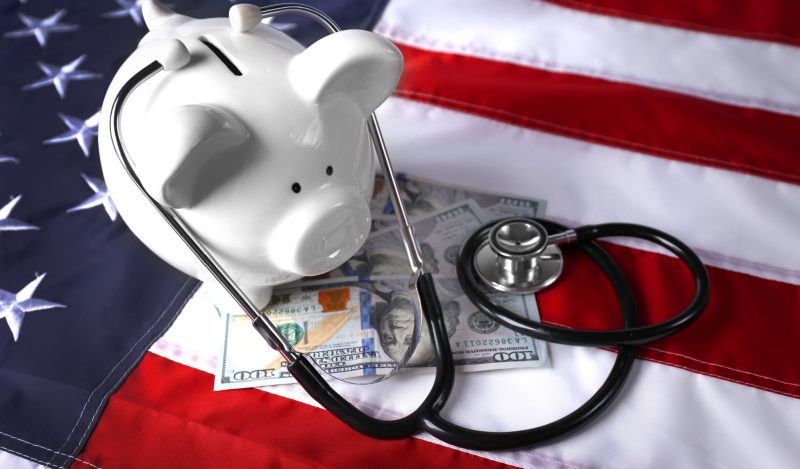When the Covid panic was well and truly underway, many ‘scientists’ tried to jump on the bandwagon by ‘proving’ that politicians should do this or that. In effect, some ‘scientists’ busied themselves in the role of demanding sacrifices to the new fear, using whatever trickery was available.
A prominent trick some ‘scientists’ came up with to rationalise lockdowns was a perversion of the precautionary principle. Joseph Norman and his colleagues at the New England Complex Systems Institute exploded off the mark in January 2020 with their precautionary principle argument for lockdowns, pushing their views further in videos and newspaper articles to urge the UK and other countries to shut up shop.They packaged their arguments in mathematics, which made it hard for those not good at maths to see where in the hat they hid the rabbits, but at heart their argument was extremely simple.
They said it was uncertain how many people might die from the Coronavirus and that it might turn out far worse than initially reported in the medical literature. Simply as a precaution, they argued, populations should therefore follow the Chinese into lockdowns just in case the disease would claim far more victims than initially indicated. The metaphor they sold to the world was that when an avalanche is coming one doesn’t waste time calculating the costs and benefits of various actions, or even the size of the avalanche. One simply gets out of the way.
Their argument hid two rabbits in their ‘model’ hat. The first is the implication that lockdowns are actually a means of ‘getting out of the way’. This presumes an answer where in fact there is no certain answer to the question of whether and how deaths from a new disease can be avoided. Given the understanding at the time that the disease was endemic and would keep coming back no matter what governments did, their argument that lockdowns were a form of ‘getting out of the way’ was both implausible and unscientific.
The second rabbit in the hat was to point to risks in only one direction, namely that the disease was more dangerous than it appeared from early medical reports. That too is a sleight of hand, because it ignores the risk in the other direction — that lockdowns would do far more damage than initially realised. Indeed, one could envisage a risk that the economic and social disruption of worldwide lockdowns would lead to a cocktail of war, famine and disease that killed far more than Covid ever could. Norman and his colleagues didn’t model that. Nor did they openly discuss the likelihood of various different scenarios. They just assumed that there were risks in one particular direction and that lockdowns would help mitigate those risks.
‘Proof by assumption’ was thereby badged as ‘a result’. Rabbits into the hat, rabbits out of the hat, or to use a less generous phrase: garbage in, garbage out.
Hubris and the Need to ‘Talk Up’ Disasters
What made matters worse is that both scientific journals and the general public are more interested in spectacular claims than in mundane ones. Journals have a strong incentive to publish papers claiming there is a big problem, as long as those papers are based on verifiable data and can therefore be defended. Whether those initial data are representative, or whether the conclusions others are likely to draw from a paper’s headline result are reasonable, are simply not questions that journals normally have to worry about. On the contrary, the more controversy the better, as long as a defence is at hand for any spectacular published claim.
The teams of scientists running journals simply don’t care that mere mortals, which is to say the rest of humanity, use the words in their papers differently. They dismiss others as ignorant if they do not make the effort to absorb all the subtleties about what particular words mean when used in that particular journal. Yet truly understanding those subtleties would involve years of study, which is not reasonable to demand of others. Their disinterest in assigning to words the same meaning as others assign to them leads to the rest of the population, including other scientists, being misled.
Hubris and a taste of power during the Great Fear led to a further perversion of truth, inflicted by scientists themselves. The epidemiologists asked to advise governments almost invariably admitted that what they were advocating was only based on their projections of Covid cases and Covid deaths, devoid of any analysis of the effects these actions would have on public health, the economy, education and other important aspects of life. They nonetheless had no problem advocating lockdowns and other draconian measures. Some hedged their bets by saying it was the government’s job to generate advice on the broader costs and benefits of these measures to society, while some failed to even mention the likely existence of such other costs and benefits.
The editors of The Lancet, the journal that published the earliest studies on Covid, were particularly guilty of jumping the gun. They simply assumed that copying the Chinese lockdowns was useful and worth the costs. In an editorial of March 3rd 2020, the editors boldly wrote ‘High-income countries, now facing their own outbreaks, must take reasoned risks and act more decisively. They must abandon their fears of the negative short-term public and economic consequences that may follow from restricting public freedoms as part of more assertive infection control measures.’
They wrote this without having made any calculations of the public and economic consequences of these measures. This shocking deviation from decades of sober writing on public health showed not only an abandonment of responsibility to science and the public, but extreme hubris as well. It raises the question of whether The Lancet is fit to continue as a journal.
We now know that governments didn’t ask for other kinds of advice and ignored it when it was offered. The epidemiologists close to governments, and their supporters, made things much worse by actively deriding any attempt by others to present a fuller picture of the Covid issue.
One form such derision took was to demand 100% certainty about any cost or benefit of actions that an alternative voice was suggesting. This is a manipulative tactic typically employed by the powerful: insist that everyone acknowledge the truth of their uncertain or unreasonable claims, while simultaneously making demands, such as 100% certainty, of any counterclaim. It is akin to a Nazi camp guard dismissing the evidence of millions of deaths in the camps by saying ‘prove to me they wouldn’t have died of hunger anyway’. This implicitly shifts the onus of proof from those in power to those without it, tightening the stranglehold of the powerful over what is perceived to be true.
Governments in the Grip of Science Gone Bad
Once governments started to take action, both the science itself and the organisations directly disseminating it became increasingly corrupted.
The first government to act was China’s, which locked down affected cities and actively managed the flow of information about the virus. Officials in the Chinese government wished to be seen to have control over the virus, and to have acted swiftly and appropriately. To assist themselves in this regard they promoted the image, true or otherwise, of having been aware of it much earlier and having acted appropriately by ordering lockdowns. Among the levers China’s government could pull to vindicate its strategy was its financial clout inside WHO, where they pushed for recognition that the lockdown approach was appropriate and nothing had been underestimated. China’s grip on WHO’s leadership was so strong it led Japan’s finance minister to refer to WHO as the ‘Chinese Health Organization.’
Western governments were no better when it came to the manipulation of information. We now know from the book A State of Fear by Laura Dodsworth that the British authorities deliberately used fear tactics and disinformation to get their own population to comply. The government changed the definition of a ‘case’, an ‘infection’ and a ‘Covid death’ several times in order to justify the actions they took and to scare people. Only some scientists actively involved in that deception and fear-mongering have so far apologised.
The importance of personal financial incentives in medical science and policy advice should also not be underestimated. A recent article by the investigative journalist Paul Thacker revealed that many of the ‘scientists’ who sat on the UK and US committees advising governments on the use of vaccines had undisclosed financial links to pharmaceutical companies making those vaccines. These scientists were also actively making claims in scientific journals and influencing the dispensation of billions of dollars of tax revenue, of which they would get a cut. Of course, they professed an outstanding talent for keeping their various interests separate. What else would they say?
We also know that in many countries, governments and their advisors presented outlandish worst-case scenarios to their populations as if they were their central forecasts. They used these scenarios as a basis to mandate measures like masking and school closures without any evidence that they worked, and sometimes even with abundant evidence that they didn’t, simply in order to be seen to be doing something. After decisions were made, they brought out official advice on the supposed scientific backing for them.
Governments are known for promising things they don’t deliver, but during Covid they went a step further and actually promised things that they couldn’t deliver. A heinous example is ‘total elimination’ of the virus, which almost no scientist before had even whispered as being possible for this type of disease. Governments, it must be said, did an extraordinary job of pretending to have scientific reasons for the things they decided.
Groupthink Inside Science
In January and February 2020, only the odd scientist was coming up with outlandish arguments pushing governments into forcing their people to give up living. In March 2020, these early birds were joined by a whole chorus of eager, chirping songbirds wanting in on the action.
The unthinkable suddenly became the possible: European governments really might follow China and that possibility meant reputations could be made very quickly. Scientists were jumping on the bandwagon, demanding this and ‘proving’ that.
The conversion of their governments created rewards for those scientists who came up with arguments, data and models that showed the random pronouncements of their national leaders to be sensible. Modelling ‘results’ and whole papers appeared that rationalised lockdowns after they happened, even though the scientific consensus for the decades prior to February 2020 was that they could at best only delay the inevitable, and at huge costs.
It is almost impossible to understate the popularity of unscientific claims and advice about Covid among scientists during this time. This applied particularly to the advice in March 2020 that Western governments should lock down their economies and social systems. Many groups of scientists signed petitions and wrote articles demanding that their governments ‘follow the science’ by locking down. For example, in the UK — even before the infamous Imperial College doomsday predictions — some 600 ‘behavioural’ scientists effectively urged the government to follow the lockdown policies of China and Italy, with no apparent interest at all in the victims of such a policy or in evidence of its beneficial effects. Similar advice was tendered, and followed, elsewhere.
The degree of unanimity in some fields was stunning, particularly in disciplines where one might expect inherent scepticism and a call to quantify the costs and benefits of government actions.
The economics profession, as a leading example, almost fell over itself to abdicate its responsibility to provide useful inputs to policy analysis. Surveys of economists on both sides of the Atlantic conducted in late March 2020 indicated that there was little or no dissent — at least publicly — to lockdowns. Not a single respondent to the IGM Economic Experts Panel survey of top US macroeconomists disagreed with the proposition that abandoning ‘severe lockdowns’ would inflict greater economic damage than maintaining them. In Europe, only 4% of respondents disagreed with a similar proposition.
Not a single one of these supposed expert American economists said that maybe it wasn’t a great idea to inflict such costly, unproven experiments on their people. Apart from a few who were on the fence or had no opinion, these economists claimed that locking down whole societies was the safe and scientific thing to do. Many of them later wrote articles articulating the damage or in some other way dismissing or distracting attention from their personal culpability for the damage that these policies caused.
This all happened even before the Imperial College London modellers hit upon a novel excuse for lockdowns, which was that if one ‘flattens the curve’ then the hospital system would have longer to deal with the flood of cases. The crucial element still missing from that new excuse is an appreciation of the damage done while ‘flattening the curve’, something that the hordes of scientists loudly supporting lockdowns failed publicly to estimate or, with few exceptions, even to take seriously.
The Madness in Macro
Some of the ‘mainstream’ arguments that various disciplines put forward to rationalise Covid countermeasures are damning. Let it suffice to convey the dysfunction of one discipline near the hearts of the authors: academic macroeconomics.
We are not talking here about the applied macroeconomists in central banks, nor the forecasting units of international agencies like the IMF and World Bank, nor even the economists at large commercial banks, many of whom were modelling lockdowns with direct and large economic costs. We mean mainly the academic macroeconomists in universities, members of the larger groups of academic economists who, as surveys found right from the get-go, quickly supported lockdowns no matter what.
These economists were confronted with two significant challenges in building their desired argument that lockdowns caused no more economic damage than would have happened without them. The first was that the virus was known to pose little risk to anyone young enough to work. So, any damage done by a greater number of virus cases in a ‘no restriction’ scenario would be inflicted mainly on those no longer in the labour force, leaving minimal damage to economic measures like labour productivity and GDP.
The second problem was that the undeniably huge economic damage they saw in their countries was due directly to forced government closure of businesses, which made it impossible to pretend the carnage wasn’t policy-inflicted. Other damage too resulted directly from lockdown mandates, such as via closing schools. They had to concoct some argument for why a country without any restrictions would experience the same damage anyway.
What they came up with, and then copied in dozens more papers, was simply to lie. First off, of course, they started out with very high IFRs of around 1%. Then they simply assumed that the virus posed equal risk to everyone in the population, thereby lying about the actual risks to people of working age. They also claimed that if people kept on going to work it would kill non-workers. For gravy, they claimed the virus was so fearsome that rational workers would take the extreme action of voluntarily staying home from their jobs anyway, just to avoid being exposed to it.
So they first lied about the risks to workers, then asserted that workers would stay away from their jobs anyway just as often as government mandates required. All they had to do now was assume that lockdowns were going to eliminate the virus or lead to some other highly improbable overall benefit, such as a better prepared hospital service, to arrive at the conclusion that lockdowns made perfect sense.
By piling on variations to this cascade of lies and baseless assumptions, the diligent crew of macroeconomists building these models also rationalised track-and-trace systems, border closings, school closings and other extreme measures.
Acemoglu et al. (2020) is a classic in this genre. The authors stuff their paper full of absurd assumptions and exaggerations that all point in the same direction, and then claim that there is no doubt they are right despite the uncertainties: ‘We stress that there is much uncertainty about many of the key parameters for COVID-19 ….Nonetheless, while the specific numbers on economic and public health costs are sensitive to parameter values, our general conclusion that targeted policies bring sizable benefits appears very robust …’ (p. 5).
Papers like this one sprinted along behind the unanimous support for lockdowns shown among American economists in the March 2020 survey. It was a classic case of making up arguments using fancy-schmancy methods to support a conviction already held by the group. It was a repeat of what happened during American Prohibition, when as late as 1927, eight years in, support for the alcohol ban was near-unanimous among economists. At key moments in history, it seems economists have a worrying habit of justifying the ‘truths’ of the crowd.
As with the lies of the epidemiologists, those of the economists and ‘risk scientists’ very quickly became ‘scientific fact’. Papers in this area would be sent for review to the early modellers who had set the lies in motion. These, of course, ensured that follow-up papers toed the line, perpetuating the initial fibs. Worse, junior economists started to harass others about why they were not aware of the ‘new findings’ unearthed by ‘new analyses’ using these models. By mid-2021, the policy cupboard was stocked with over a hundred separate papers in macroeconomics looking at the ‘optimal lockdown’ policies.
Just as with the epidemiologists, many direct negative effects of what the economists proposed were simply taken to be nonexistent unless someone else proved their existence with 100% certainty. There was no mention of the mental health costs of business closures, no actual surveys asking workers if they would go to their workplaces if they were allowed to, and no actual examination of the behaviour of workers in countries without lockdowns.
The Great Panic provided a stunning example of how economists can, in circumstances that suit their career objectives, pervert science.
Published under a Creative Commons Attribution 4.0 International License
For reprints, please set the canonical link back to the original Brownstone Institute Article and Author.











